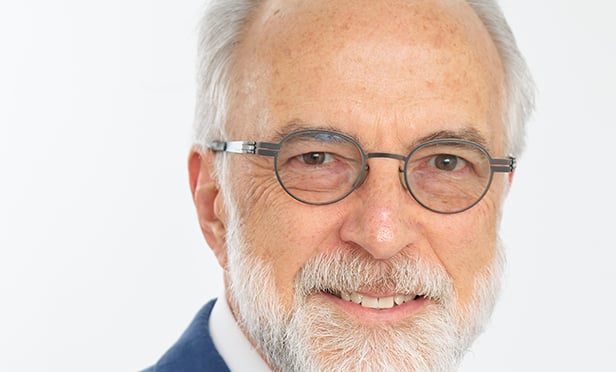NEW YORK CITY-With population on the rise and interstate transportation steadily increasing across the five boroughs and throughout New Jersey’s northern and outer-ring suburbs, improving the region’s roads, bridges and bus services is “number one” on the agenda for the Port Authority of New York & New Jersey, says executive director Christopher O. Ward, who addressed the design, construction and real estate industry as the featured speaker at the New York Building Congress’ Wednesday morning forum in Midtown. Under the Port Authority’s 10-year $29 billion capital plan, Ward laid the foundation for what he calls “the third wave of construction” for the transportation agency. It includes improvements to the Lincoln Tunnel helix, the Goethals and Bayonne bridges and new suspender cables for the George Washington Bridge, which spans from Fort Lee, NJ to Northern Manhattan.
The problem, Ward said, is that “building has ended, but demand grows” in the region, noting that the last major accomplishment for the authority was the construction of the GWB almost 50 years ago. He added that many of New York and New Jersey’s highways and infrastructure have reached the 75- to 100-year mark, requiring repairs and at times, total reconstruction. “The demand within this region has clearly escalated well beyond what anyone could have imagined,” he said.
Despite last year’s cancellation of the Access to the Region’s Core project, which proposed to streamline and expand rail transportation throughout northern and central New Jersey into Midtown Manhattan, Ward said the larger issue involves traffic congestion and increasing bus ridership via the Lincoln and Holland Tunnels. “More people are coming into the city by bus than by rail to the central business district,” he says, citing a 42% rise in bus travel over the last 25 years between New York and New Jersey, which has gone from 131,000 daily riders to 191,000. “That is a phenomenal increase,” he added.
Recommended For You
Want to continue reading?
Become a Free ALM Digital Reader.
Once you are an ALM Digital Member, you’ll receive:
- Breaking commercial real estate news and analysis, on-site and via our newsletters and custom alerts
- Educational webcasts, white papers, and ebooks from industry thought leaders
- Critical coverage of the property casualty insurance and financial advisory markets on our other ALM sites, PropertyCasualty360 and ThinkAdvisor
Already have an account? Sign In Now
*May exclude premium content© 2025 ALM Global, LLC, All Rights Reserved. Request academic re-use from www.copyright.com. All other uses, submit a request to [email protected]. For more information visit Asset & Logo Licensing.








